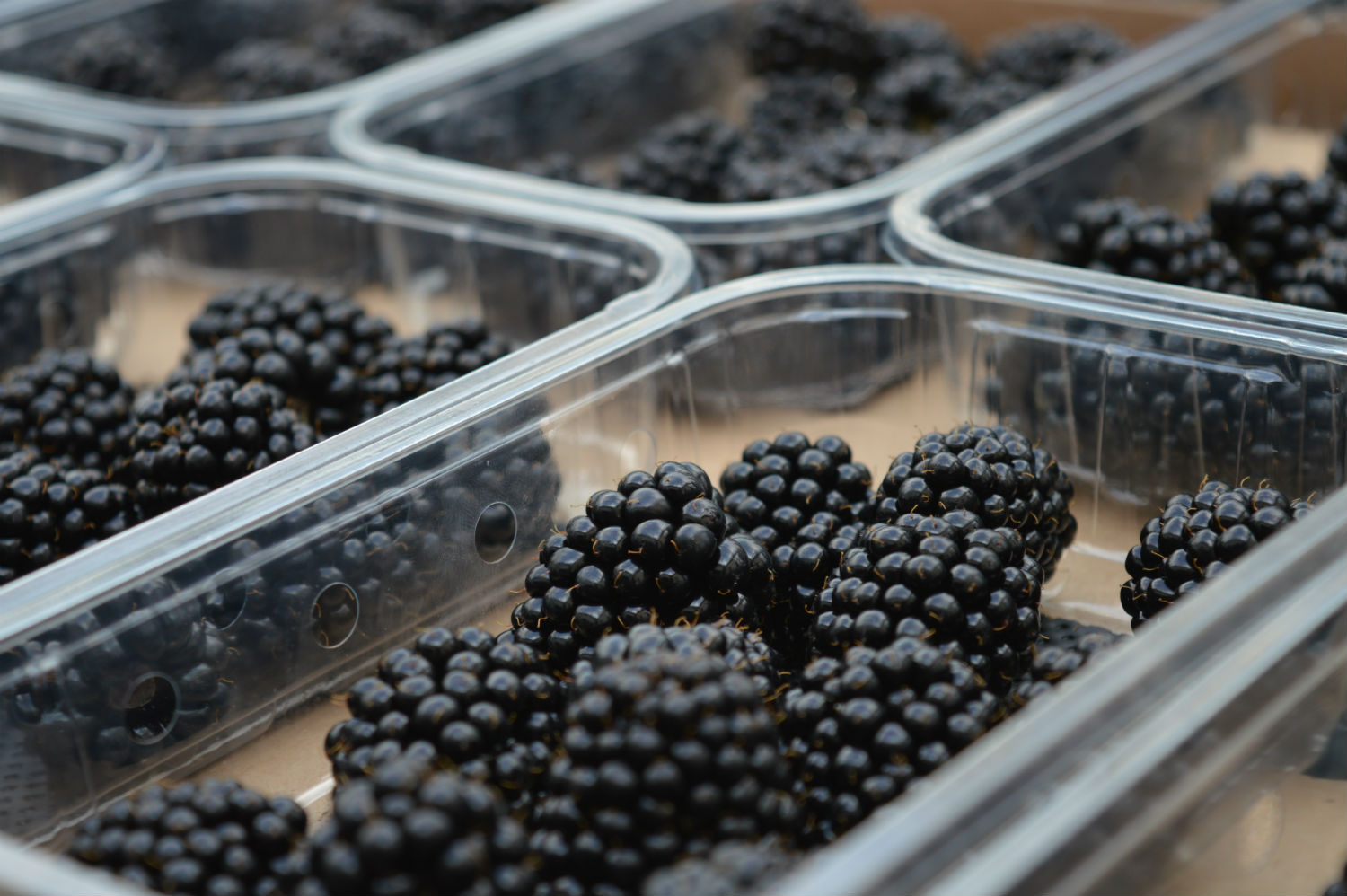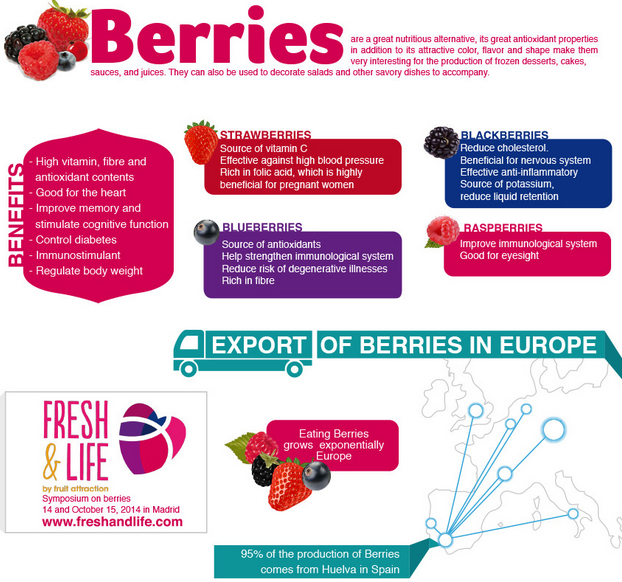
What is the value to US consumers of the recent increase in the availability of fresh berries in winter? And how large would the consumer benefits be if these berries were available at in-season (spring) prices during the off-season (winter) in the United States?
These were questions examined in the report ‘Measuring the Impacts of Off-Season Berry Imports’ published last month by the USDA’s Economic Research Service.
“Findings suggest that additional supplies of these fruits from domestic off-season and foreign producers are especially valuable to consumers because they occur in winter months, when domestic fruit production is relatively low, consumers’ choices are fewer than during spring, and prices are high,” the report says.
“Findings also suggest that consumers would benefit from further reductions in seasonal production cycles. However, consumers receive larger benefits from making off-season berries available (having some berries rather than none) than from increasing supplies to the extent that off-season prices fall to in-season levels.”
The report says that the factor driving these consumer benefits is prices falling over the winter months—the difference between choke prices and market prices in the weeks in which Chile exports fruit. “On average, these declines range from 49% (blackberries) to 69% (strawberries).” (Chile exports strawberries, raspberries, blackberries, and blueberries during fall and winter. Mexico has also become a major supplier of berry crops to the US during winter but the study used Chile’s export season as a benchmark.)


The report says consumers would reap ever bigger ‘welfare’ gains should winter prices fall the level of spring ones, “which might occur if other countries began supplying the U.S. market or if there are advances in technology (either through improvements in domestic storage or shipping).”
Off-season berry purchases in the US are still small relative to in-season domestic production, indicating the potential for off-season supply has only been partially tapped. “Further advances in plant breeding or storage technology might make off-season supply quantitatively similar to in-season supply. Additionally, technological changes might reduce the cost of interhemispheric shipping, eliminating seasonality in the quantity of produce available.” the report also says.
Other interesting information in the report includes:
- Per capita availability of fresh fruit is increasing in the US, rising from 106.50 pounds in 1980 to 131.04 pounds in 2012.
- The berry share of fresh fruit availability increased 3.75 times (to 9.50 pounds by 2012).
- Until the early 2000s, berries were unavailable to most U.S. consumers outside of their short domestic production seasons.
- In 2012, fresh berries (strawberries, blueberries, raspberries, and blackberries) accounted for 16% of the retail spend on fresh fruit.
- Highest monthly shipment numbers occur in June for blackberries, blueberries, and raspberries.
- Shipments of strawberries are highest in May each year.
- Retail strawberry prices in late December have been twice that of prices in May in recent years.

source: ‘Measuring the Impacts of Off-Season Berry Imports‘ by Carlos Arnade and Fred Kuchler, Economic Research Report No. (ERR-197) 35 pp, October 2015


